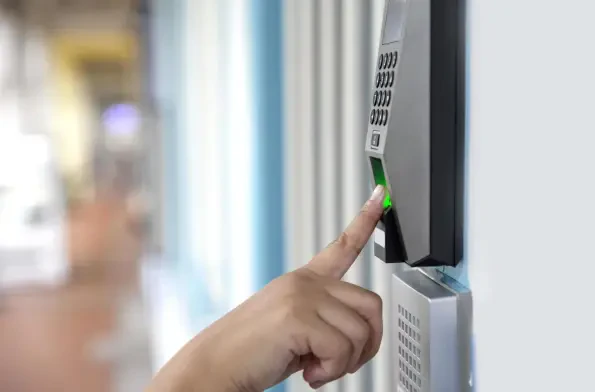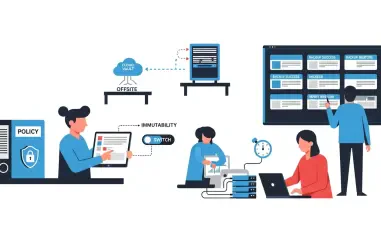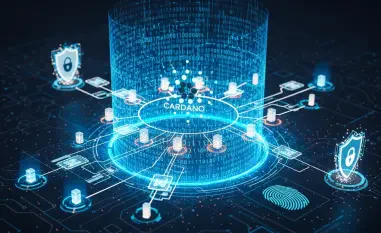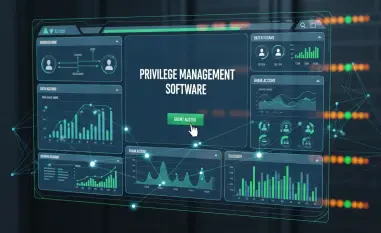In the ever-evolving world of technology, access control systems are at the forefront of smart infrastructure development, playing a critical role in securing both physical and digital spaces. With smart infrastructure becoming ever more prevalent, there is an increasing demand for access controllers that not only ensure security but also seamlessly integrate with advanced and often complex environments. Mercury Security’s “Trends in Access Controllers Report” offers a comprehensive overview of these changes, presenting insights gathered from security professionals across North America and Europe. Their findings indicate that as the digital landscape evolves, there is a major shift towards smart, cloud-based access solutions. As organizations invest heavily in technological advancements, the need for robust access control systems that can adapt to these shifts becomes paramount.
Integration with Smart Technologies
The transition to smart technologies and infrastructures necessitates that access controllers evolve likewise, embracing innovations such as mobile credentials, cloud enablement, and AI integrations. According to survey respondents, there is a marked preference for systems that are compatible with both mobile technology and cloud services, with 55% and 52% of participants respectively highlighting these aspects. Mobile credentials offer the convenience of enhanced accessibility, allowing users to authenticate on-the-go, while cloud-enabled systems facilitate scalability and remote management. In this context, advanced protection mechanisms become increasingly significant. Features such as secure boot, OSDP (Open Supervised Device Protocol), and cryptography act as essential safeguards, offering layers of protection against potential breaches and ensuring data integrity in smart infrastructures. These technologies not only ensure security compliance but also support the dynamic nature of modern access control ecosystems.
Interoperability and Longevity of Access Systems
A significant concern among stakeholders is the ability of access controllers to interface seamlessly with both current and future technologies. Survey data reveals that 86% of respondents prioritize backward and forward compatibility as vital for strategic planning, ensuring that their chosen systems don’t become obsolete as newer technologies emerge. Similarly, interoperability, highlighted by 76% of professionals, is crucial for operating in mixed-device environments, thereby supporting diverse technology landscapes and promoting flexible, standards-based systems. These features are indispensable for maintaining continuity and efficiency in operations, underpinning the overarching goal of achieving cohesive and integrated smart infrastructures. Reliability further emerges as a critical criterion for decision-making, with 63% of respondents placing it above cost considerations.
Looking toward emerging technologies, AI and edge computing are gaining traction for their potential to enhance access control systems. By facilitating real-time decision making and data processing at the device level, they promise to streamline operations and boost performance. Access data integration with building management systems is also on the rise, enabling optimized building operations and energy efficiency. Such capabilities are particularly pertinent in regions actively investing in smart infrastructure and cyber resilience, reflecting a widespread commitment to future-proofing security protocols. While the cost of adopting cutting-edge technologies may be a consideration, the long-term benefits of deploying adaptable, scalable, and interoperable access systems are evident.
Paving the Way Forward
As we move towards smart technologies and infrastructures, access controllers must adapt by embracing innovations such as mobile credentials, cloud services, and AI integrations. Survey responses show a strong preference for systems that work with both mobile tech and cloud platforms, with 55% and 52% respectively emphasizing these features. Mobile credentials provide convenient, on-the-go authentication, while cloud-enabled systems ensure scalability and remote management capabilities. In this evolving landscape, robust protection mechanisms are more crucial than ever. Features like secure boot, Open Supervised Device Protocol (OSDP), and cryptography create crucial defense layers against security breaches, ensuring data integrity within smart infrastructures. These technologies are vital for maintaining security compliance and supporting the dynamic nature of contemporary access control systems. They empower the integration of modern methods, promoting a society that can swiftly adapt to technological advancements.













